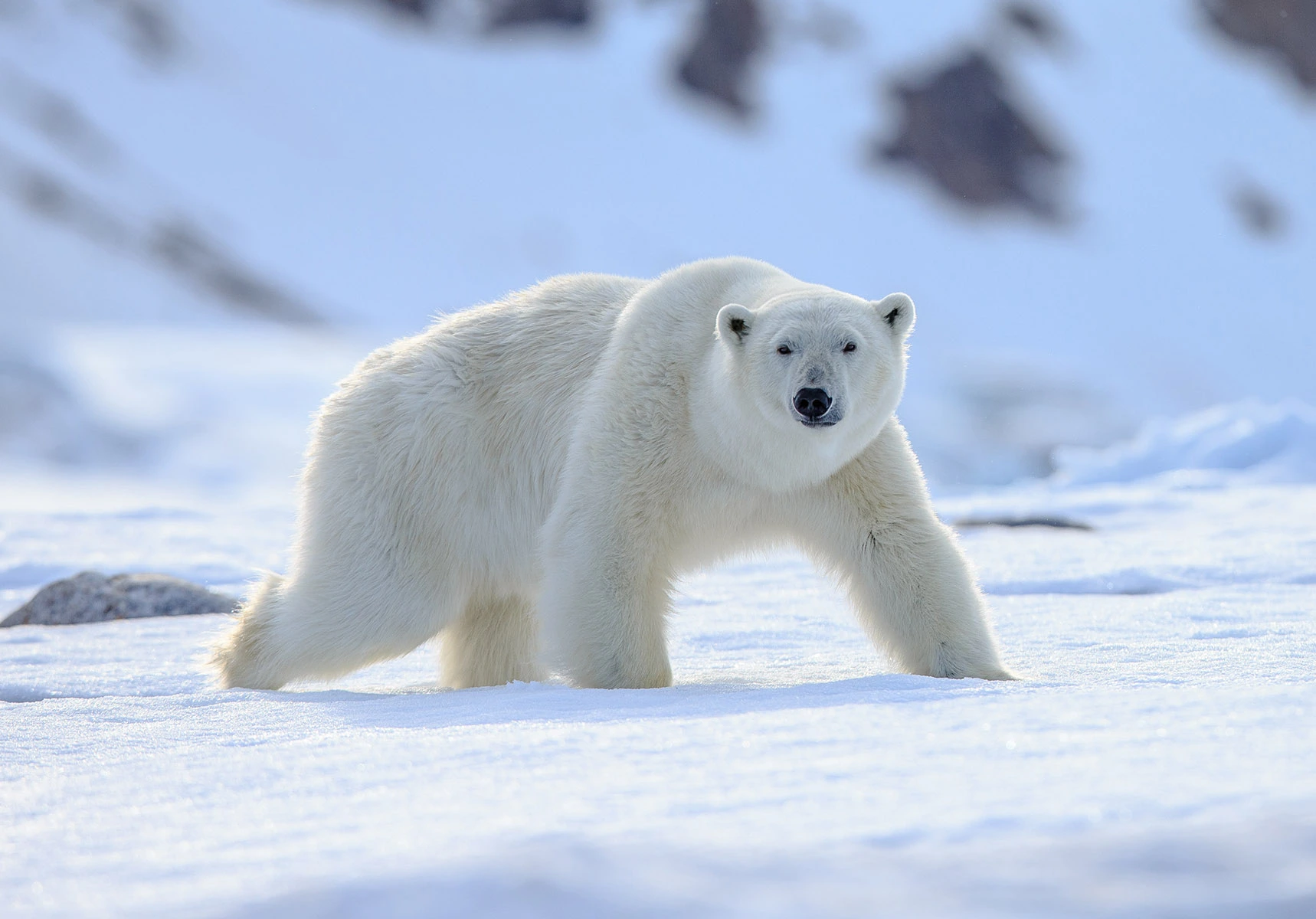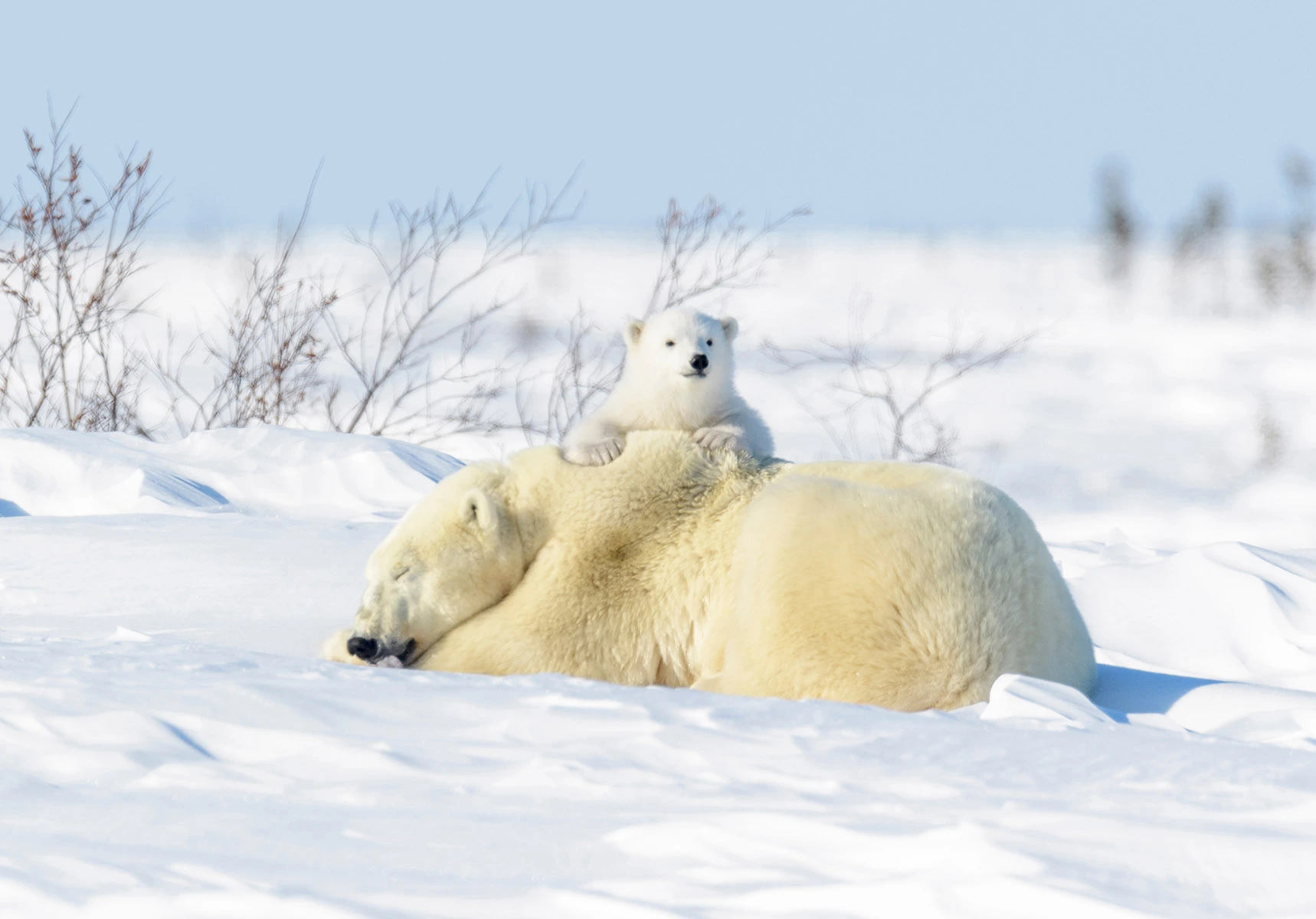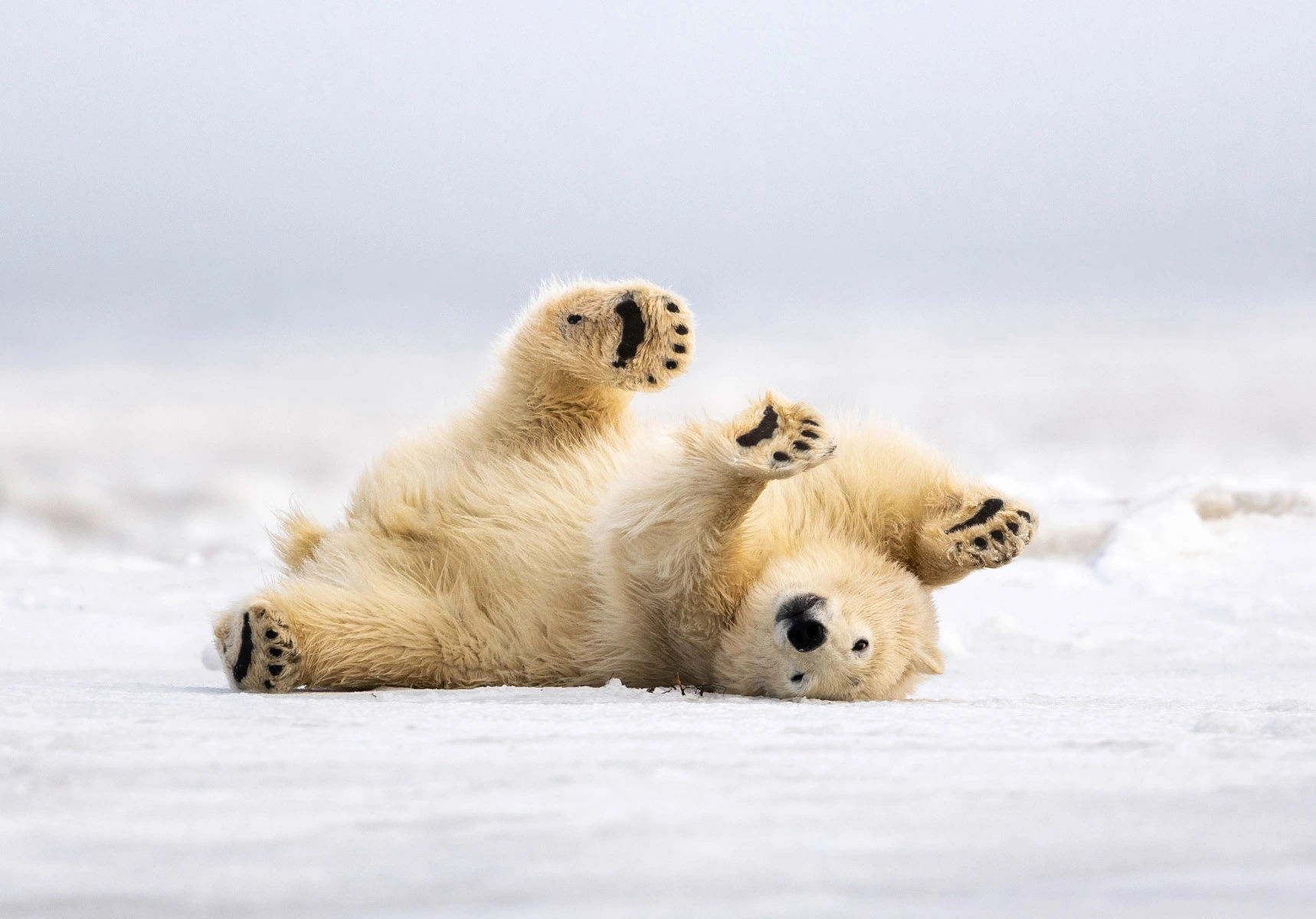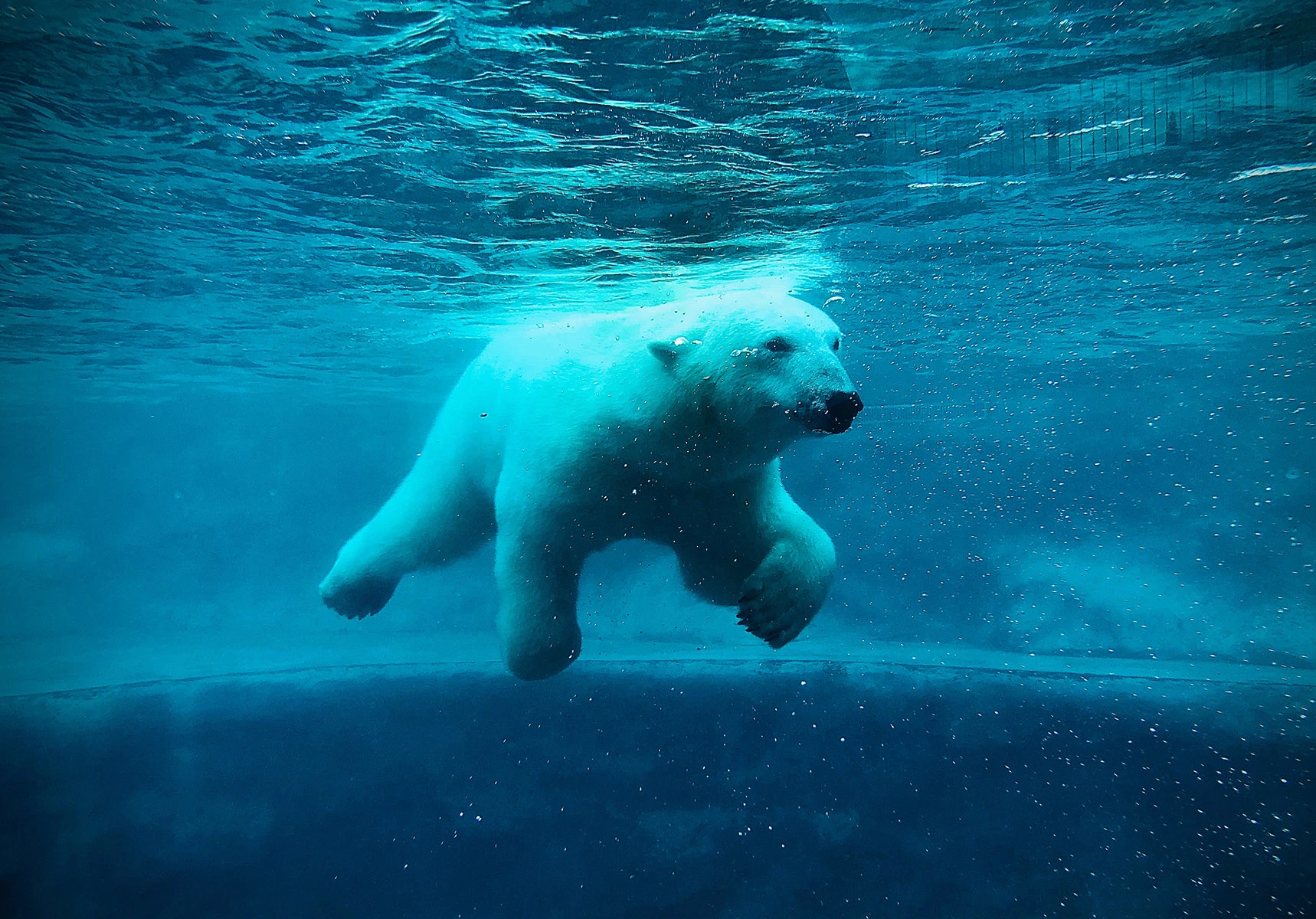Meet Arctos! His name comes from the Greek word ‘arktos,’ meaning ‘bear,’ and it’s also the root of ‘Arctic,’ his frosty home—how ‘cool’ is that?
Arctos’s story began 150,000 years ago when his brown bear ancestors ventured into the icy wilderness. Over time, they adapted to the Arctic’s extreme conditions, trading forest trails for frozen tundras and evolving white fur, thick blubber, and expert swimming skills.
Today, Arctos reigns as the Arctic’s top predator, gliding through icy waters and blending seamlessly with the snow. But even this mighty hunter dreams of an Arctic that stays as wild and pristine as it’s always been.
Ready to join Arctos on an adventure through his snowy kingdom? Let’s explore his frosty world together!
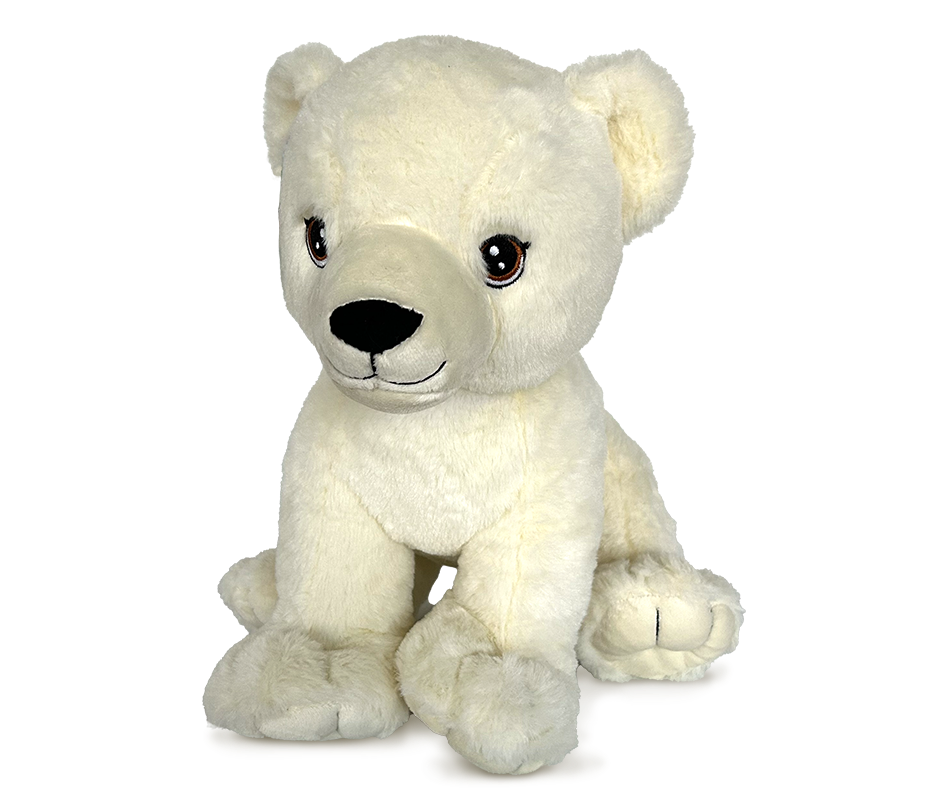
Origin
Polar bears inhabit the Arctic region, spanning countries like Canada, Norway (Svalbard), Greenland, Russia, and the United States (Alaska). They rely heavily on sea ice for hunting and breeding.
Risk Level
High, as polar bears are severely threatened by climate change, particularly the melting of sea ice, which reduces their hunting grounds and access to prey like seals.
Species
A single species: Polar bear (Ursus maritimus), with populations distributed across 19 subpopulations in the Arctic region.
Status
Polar bears are classified as vulnerable by the IUCN Red List. Some subpopulations are stable, while others are declining due to rapid ice loss. Conservation efforts focus on climate change mitigation, habitat protection, and reducing human-wildlife conflict in Arctic communities.
Why is ‘Arctos’ important to the eco-system?
Arctos is the nature’s Arctic guardian! As top predators, polar bears keep populations of seals in check, which helps maintain the balance in the icy marine ecosystem.
But that’s not all! Arctos and her polar bear family also play a role in nutrient cycling. When they hunt, their leftovers feed other Arctic animals like foxes and birds, supporting the entire food web in this harsh environment.
That’s why protecting Arctos’s icy habitat is so important—for her, and for all the creatures that depend on the Arctic ecosystem. Plus, a healthy Arctic helps regulate the planet’s climate by reflecting sunlight and storing carbon.
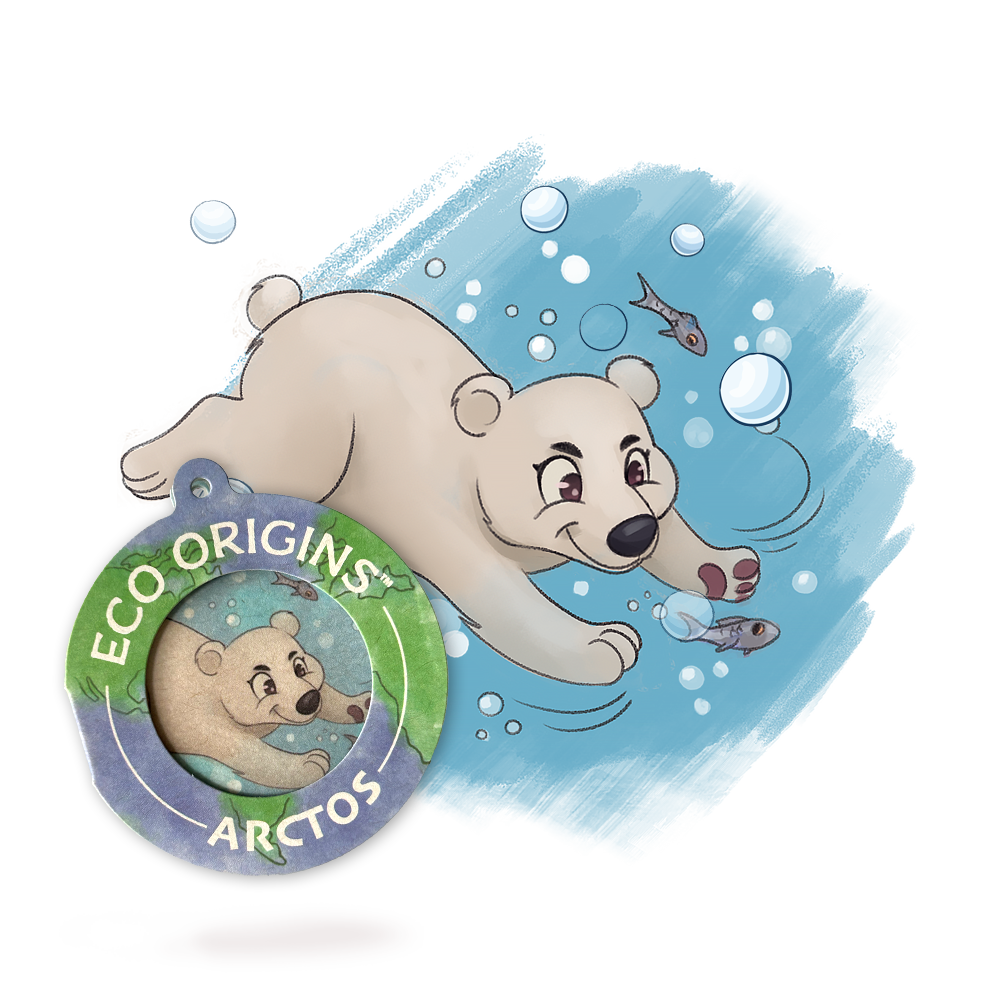
Measuring the Risk of Extinction
A species is considered critically endangered if it has lost 80% or more of its geographic range, and has a greater than 50% chance of extinction over the next 10–100 years.
There are currently no polar bear populations categorised as Critically Endangered. However, certain subpopulations are at significant risk due to the rapid loss of sea ice, which is essential for hunting and survival. Continued climate change and human activities could push vulnerable groups toward this category in the future.
According to the IUCN, 0 populations of polar bears are categorised as Critically Endangered. [source]
A species is considered endangered if it has lost more than half of its geographic range, and has a greater than 20% chance of extinction over the next 10–100 years.
Endangered polar bear populations face severe threats from shrinking Arctic ice, leading to reduced hunting grounds and prey availability. Subpopulations in areas like the southern Beaufort Sea have experienced declines of over 40% in recent decades. Without aggressive action to combat climate change, these populations are likely to face further decline.
According to the IUCN, polar bears are not yet listed as Endangered overall, but localized populations exhibit trends consistent with this category. [source]
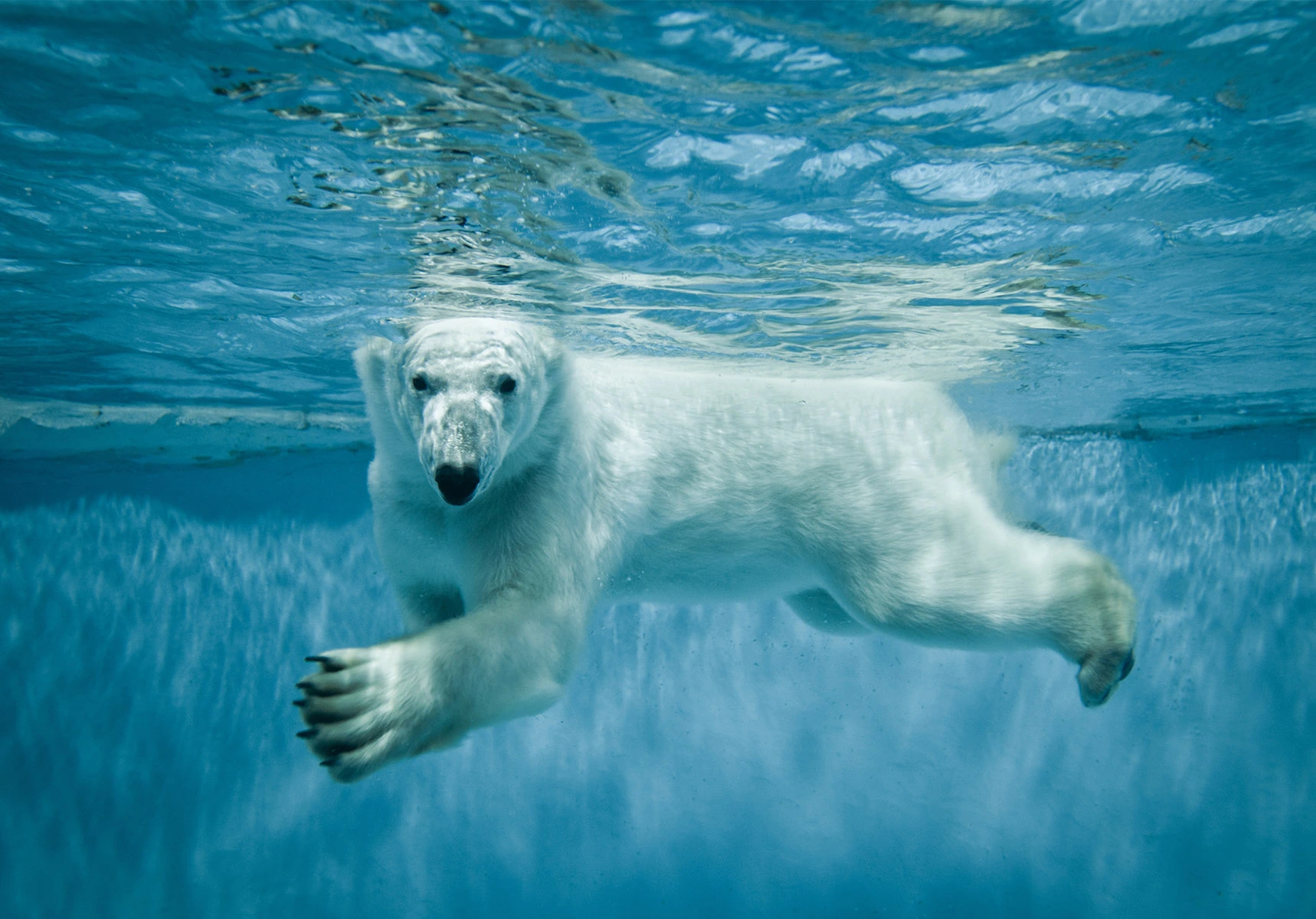
A species is considered vulnerable if there is a greater than 10% chance that it goes extinct in the wild within 100 years.
Polar bears as a species are currently categorized as Vulnerable. With an estimated global population of 22,000–31,000 individuals, they face a greater than 10% chance of extinction within the next century due to sea ice loss from global warming. The reduction in their primary habitat impacts their ability to hunt seals, their main food source, leading to declining health and reproduction rates.
According to the IUCN, polar bears as a whole are listed as Vulnerable. [source]
A species is close to meeting the definition of endangered, vulnerable, or critically endangered based on recent trends.
No polar bear populations are currently categorized as Near Threatened. However, some regions with stable subpopulations benefit from lower human interference or better environmental protections, though these areas remain vulnerable to climate change impacts.
According to the IUCN, 0 populations of polar bears are categorized as Near Threatened.. [source]
A species is widespread, abundant, and not threatened with extinction.
There are no polar bear populations classified as Least Concern. Despite some subpopulations showing temporary stability, the overarching impact of climate change threatens the species’ long-term survival, requiring global conservation efforts to prevent further declines.
According to the IUCN, 0 populations of polar bears are considered Least Concern. [source]
Measuring the Risk of Extinction
A species is considered critically endangered if it has lost 80% or more of its geographic range, and has a greater than 50% chance of extinction over the next 10–100 years.
There are currently no polar bear populations categorized as Critically Endangered. However, certain subpopulations are at significant risk due to the rapid loss of sea ice, which is essential for hunting and survival. Continued climate change and human activities could push vulnerable groups toward this category in the future.
According to the IUCN, 0 populations of polar bears are categorized as Critically Endangered. [source]
A species is considered endangered if it has lost more than half of its geographic range, and has a greater than 20% chance of extinction over the next 10–100 years.
Endangered polar bear populations face severe threats from shrinking Arctic ice, leading to reduced hunting grounds and prey availability. Subpopulations in areas like the southern Beaufort Sea have experienced declines of over 40% in recent decades. Without aggressive action to combat climate change, these populations are likely to face further decline.
According to the IUCN, polar bears are not yet listed as Endangered overall, but localized populations exhibit trends consistent with this category. [source]
A species is considered vulnerable if there is a greater than 10% chance that it goes extinct in the wild within 100 years.
Polar bears as a species are currently categorized as Vulnerable. With an estimated global population of 22,000–31,000 individuals, they face a greater than 10% chance of extinction within the next century due to sea ice loss from global warming. The reduction in their primary habitat impacts their ability to hunt seals, their main food source, leading to declining health and reproduction rates.
According to the IUCN, polar bears as a whole are listed as Vulnerable. [source]
No polar bear populations are currently categorized as Near Threatened. However, some regions with stable subpopulations benefit from lower human interference or better environmental protections, though these areas remain vulnerable to climate change impacts.
According to the IUCN, 0 populations of polar bears are categorized as Near Threatened.. [source]
There are no polar bear populations classified as Least Concern. Despite some subpopulations showing temporary stability, the overarching impact of climate change threatens the species’ long-term survival, requiring global conservation efforts to prevent further declines.
According to the IUCN, 0 populations of polar bears are considered Least Concern. [source]
100% Recycled: Head to Toe!
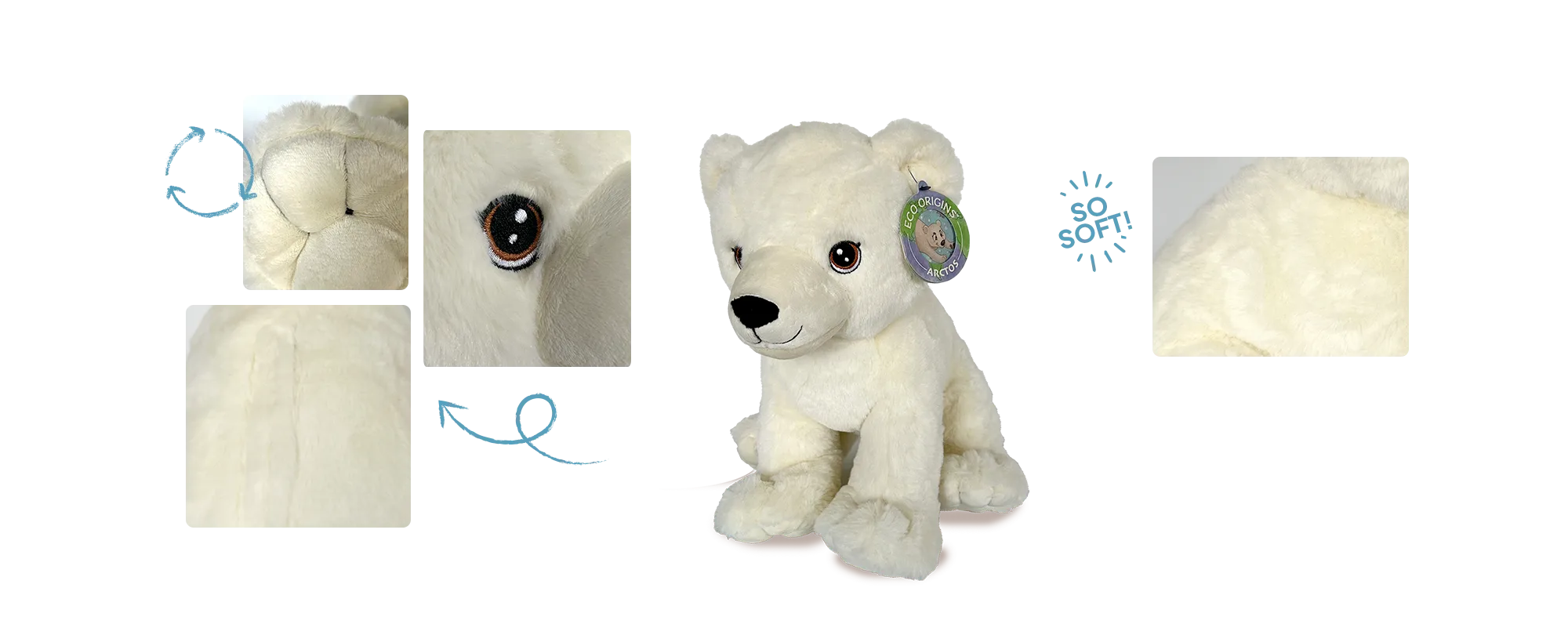
The fabric
We scour the best recycled material fabrics so that our plush always feels premium and soft to the touch!
Hang Tag
The Hangtag is made of recycled paper and attached with a Recycled Polyamide attacher.
Embroidery
Even our threads are recycled! They are extensively used in creation of adorable eyes!
Fiber Fill
What’s inside? Well it’s recycled, super soft, hypo-allergenic fiber!
Call of the Wild: Learning Den
Let’s get inspired to reconnect with nature! Discover cool facts about amazing animals, their families, and why they’re so important for keeping our planet wild and beautiful. It’s time to learn, explore, and take action to protect the incredible creatures that share our world.
1500
60
25
Arctos, the king of the ‘cool’!

Fun Facts: Nature Nuggets!
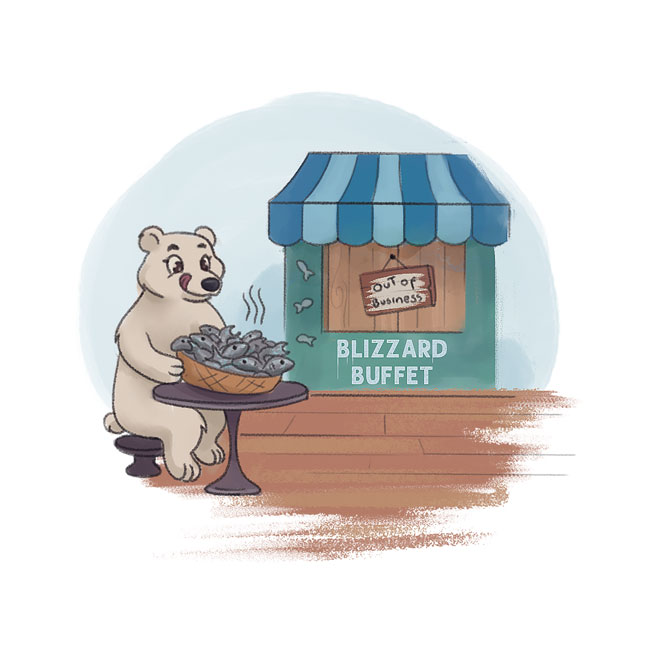
“Chillin’ and Fillin’ at the Pole!” Polar Bears can eat 100 pounds of blubber in 1 sitting!
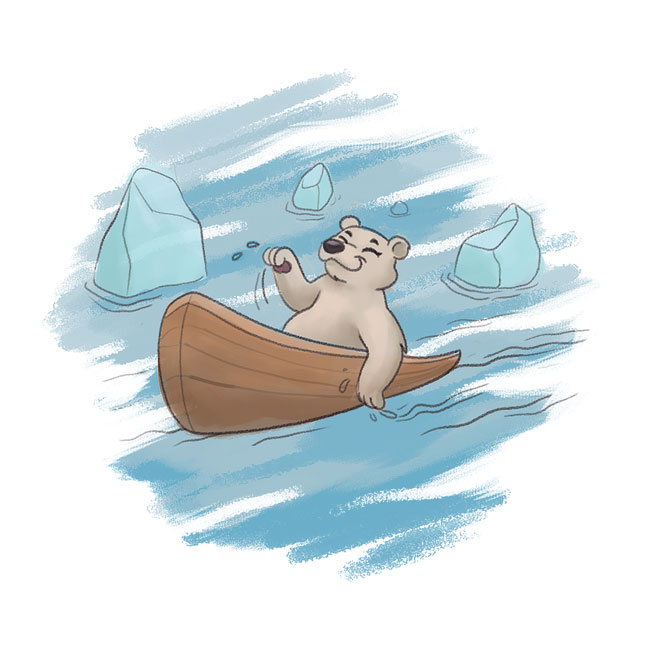
“Polar Slowboats” Seals can easily out swim a polar bear
, so they have to rely on their amazing sense of smell to catch one!
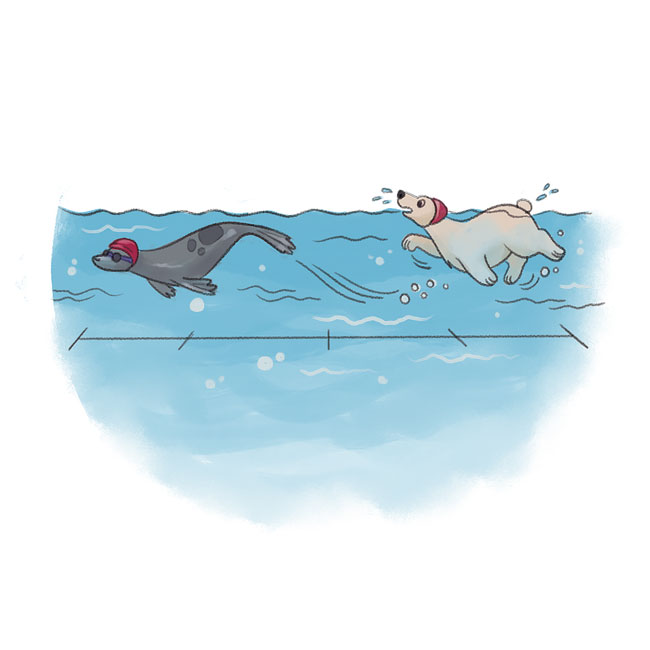
“Arctic Gliders” Polar bears paddle
over 60 miles non-stop! With powerful paws, they’re the Arctic’s ultimate canoe, gliding through icy waters.

